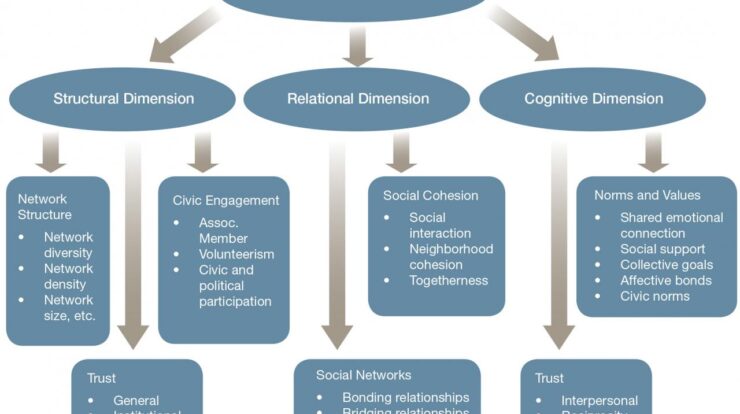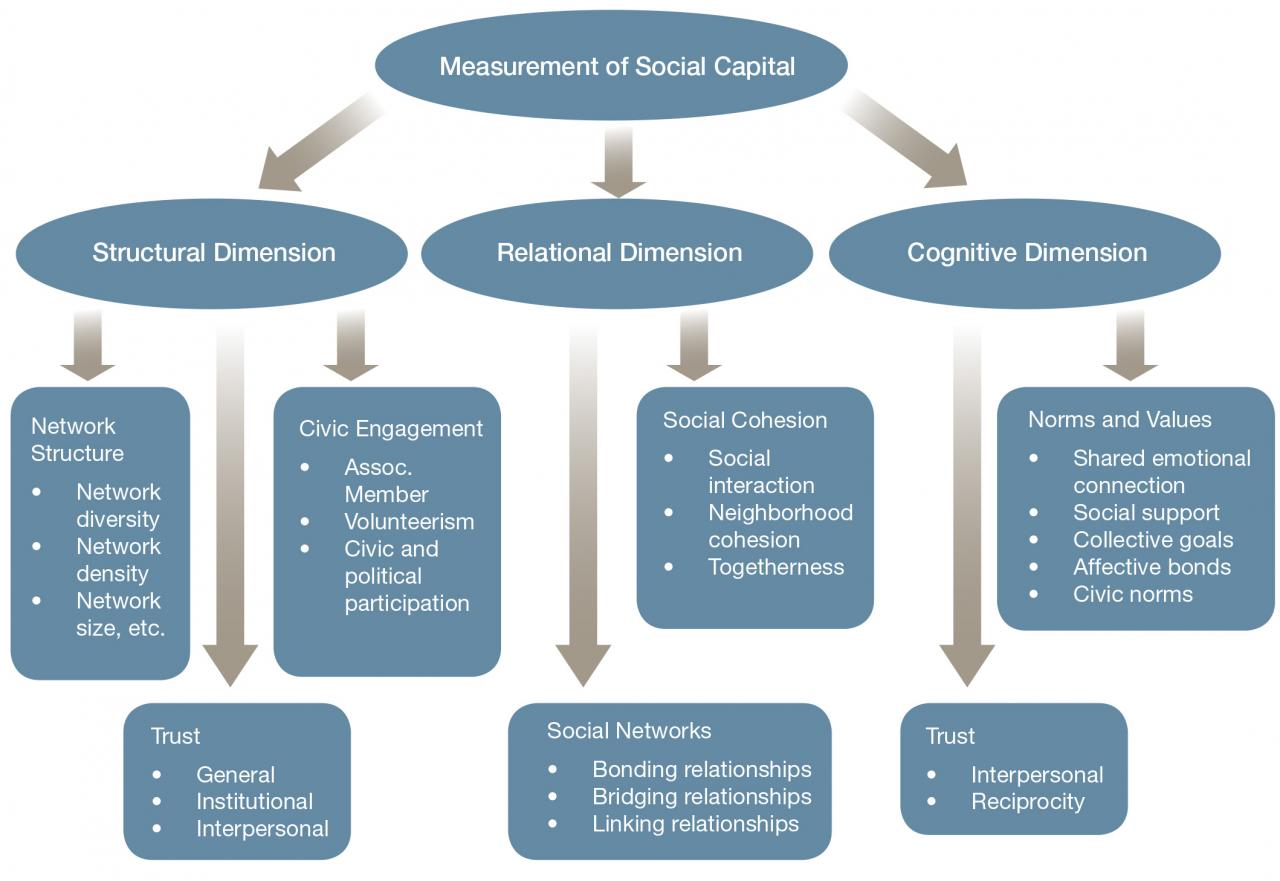
Capitol measurement, a practice with historical significance, plays a pivotal role in architecture, engineering, and urban planning. Its methods, applications, and standards are essential for ensuring accuracy and precision in the construction of buildings and structures.
This comprehensive overview delves into the various methods used for capitol measurement, including traditional and modern techniques. It explores the advantages and limitations of each method, providing a clear understanding of their suitability for different applications.
Definition and Overview
Capitol measurement refers to the process of determining the physical dimensions and characteristics of capitols, the architectural structures that house the legislative bodies of various regions or nations. Historically, capitol measurements have played a crucial role in documenting the grandeur and significance of these buildings, which often serve as symbols of political power and national identity.
The purpose of capitol measurements extends beyond mere documentation. They provide essential data for architects, engineers, and urban planners, enabling them to design and maintain these structures effectively. Capitol measurements help ensure the structural integrity, functionality, and aesthetic appeal of capitols, ensuring that they continue to serve their intended purposes.
Methods of Capitol Measurement
Various methods are employed to measure capitols, each with its own advantages and limitations. Traditional techniques involve manual measurements using measuring tapes, levels, and other tools. These methods require skilled professionals and can be time-consuming, but they offer high accuracy for small-scale measurements.
Modern techniques leverage advanced technologies such as laser scanners and photogrammetry. Laser scanners emit laser beams to capture precise 3D data, while photogrammetry utilizes overlapping photographs to create detailed models. These methods offer faster data acquisition and greater accuracy, especially for large-scale measurements.
Applications of Capitol Measurement
Capitol measurements find applications in various fields, including architecture, engineering, and urban planning. Architects rely on capitol measurements to design and renovate these structures, ensuring that they meet functional and aesthetic requirements. Engineers use measurements to assess structural integrity, plan maintenance, and ensure compliance with building codes.
Urban planners utilize capitol measurements to plan the surrounding areas, considering factors such as traffic flow, pedestrian access, and overall urban design. Capitol measurements also serve as a valuable resource for historians, providing insights into the architectural evolution and historical significance of these buildings.
Capitol Measurement Standards

Establishing and adhering to capitol measurement standards is crucial for ensuring accuracy and consistency in measurements. These standards define the methods, equipment, and procedures used to measure capitols, ensuring that measurements are reliable and comparable across different projects and time periods.
Organizations such as the International Council on Monuments and Sites (ICOMOS) and the National Institute of Standards and Technology (NIST) play a vital role in setting and enforcing capitol measurement standards. These standards help maintain the integrity of capitol measurements and facilitate the exchange of data between professionals.
Recent Developments in Capitol Measurement
Advancements in technology have led to significant developments in capitol measurement. Laser scanners and photogrammetry have revolutionized the field, enabling faster and more accurate data acquisition. These technologies allow for the creation of detailed 3D models that can be used for various purposes, including virtual tours, structural analysis, and heritage preservation.
Unmanned aerial vehicles (UAVs) are also gaining popularity for capitol measurements. UAVs equipped with cameras or laser scanners can capture data from inaccessible areas, providing a comprehensive view of the structure. These advancements are shaping the field of capitol measurement, improving accuracy, efficiency, and accessibility.
End of Discussion: Capitol Measurement
As technology continues to advance, capitol measurement is poised for further innovation and refinement. Future trends in this field promise to revolutionize the way we measure and design buildings, enhancing accuracy, efficiency, and sustainability.
Capitol measurement remains a cornerstone of architectural practice, ensuring the safety, functionality, and aesthetic appeal of our built environment. Its historical significance and ongoing evolution make it a fascinating and essential aspect of the construction industry.
User Queries
What is the purpose of capitol measurement?
Capitol measurement determines the dimensions and proportions of buildings and structures, ensuring accuracy in construction and design.
What are the different methods of capitol measurement?
Capitol measurement methods include traditional techniques using tapes and levels, as well as modern methods employing lasers and digital tools.
How is capitol measurement used in real-world projects?
Capitol measurements are used in the design and construction of buildings, bridges, roads, and other structures, ensuring their structural integrity and functionality.





